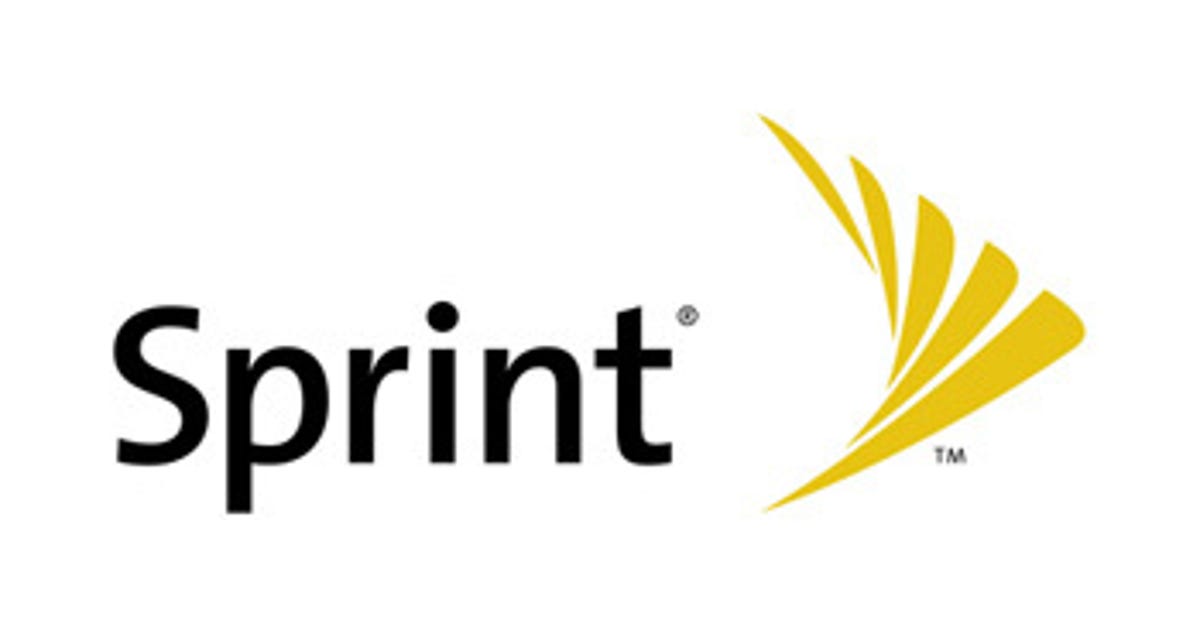Sprint Nextel said today it fell further into the red in the second quarter as a result of losses related to bad stock investments.

Sprint also said it lost 101,000 contract subscribers in the period. The company was likely hit by the double whammy of the Apple iPhone being available at both AT&T and Verizon Wireless, while speed freaks who would have gone with Sprint’s 4G service were likely drawn to Verizon’s faster 4G network.
The Overland Park, Kansas, wireless provider posted a loss of $847 million, or 28 cents a share, compared with a year-earlier loss of $760 million, or 25 cents a share. The results include equity losses of $588 million related to unconsolidated investments and a charge of $52 million related to taxes incurred in Michigan from a new state law.
Revenue rose 4 percent to $8.3 billion.
Wall Street, on average, had forecast a loss of 12 cents a share and revenue of $8.3 billion, according to a survey taken by Thomson Reuters.
“We continue to believe that there is more unrealized value in Sprint than any other stock in our universe; however, the next leg of upside may take longer to play out than hoped, based on these trends,” Credit Suisse analyst Jonathan Chaplin said in a research note.
Sprint reported adding 1.1 million net new customers, with much of that growth coming from its prepaid and wholesale arm. The Sprint contract side fared decently, adding 226,000 net new customers. As with most quarters, the customer losses came from the Nextel side, having lost 327,000 net customers in the period. The company also lost 49,000 Nextel PowerSource customers, which own CDMA phones that can use Nextel’s iDEN network.
The contract customer losses were disappointing; analysts had expected a narrower loss of 23,000 contract customers. Chief Executive Dan Hesse said that the company faced a quarter of unique competitive pressure, but noted that June picked up significantly, giving him confidence in the third quarter.
Hesse said that of the Sprint’s branded handsets sold in the quarter, 76% were smartphones. Roughly 58% of the Sprint customer base use smartphones.
Related stories:
Sprint, LightSquared unveil network-sharing deal
Sprint CEO: 4G plans to come in the fall
Sprint launches first CDMA push-to-talk phones
The company’s turnover rate for contract customers fell to 1.75 percent in the period, compared with 1.81 percent in the first quarter.
Sprint’s recent resurgence has relied on the strength of its 4G service, which is powered by Clearwire and a technology called WiMax. But with Verizon Wireless rapidly expanding its own faster 4G LTE network, Sprint has lost out on one of its biggest advantages.
The competitive pressure caused Sprint to “pull some levers” to keep growth going, according to Chief Financial Officer Joe Euteneuer.
“We tried to protect the momentum going into the marketplace,” he said.
The company, meanwhile, got competitive with pricing, offering a discount in May to lure in T-Mobile customers who may worry about the carrier getting taken over by AT&T. T-Mobile countered with its own offer to new users, and last week cut the price of its smartphone data plans. In total, the company spent $120 million in promotions to attract customers, an amount Sprint doesn’t believe it will have to spend regularly to keep growth going.
Euteneuer said he was confident in the coming quarters partly due to the strength of the Evo franchise of smartphones, including the recently released Evo 3D.
Sprint reiterated its forecast for the full year, saying it expects improved total net wireless customer additions compared with 2010. It also expects capital expenditures for the year to be roughly $3 billion, and plans to generate positive free cash flow in the second through fourth quarters of the year.
Separately, Sprint announced a network-sharing deal with LightSquared, as I previously reported. The company also plans to lay out its own 4G plans in the fall.
More specifically, Euteneuer said Sprint would lay out its plans on Oct. 7 at an investor conference in New York.
Updated at 6:03 a.m. PT: with additional executive comments and background.



